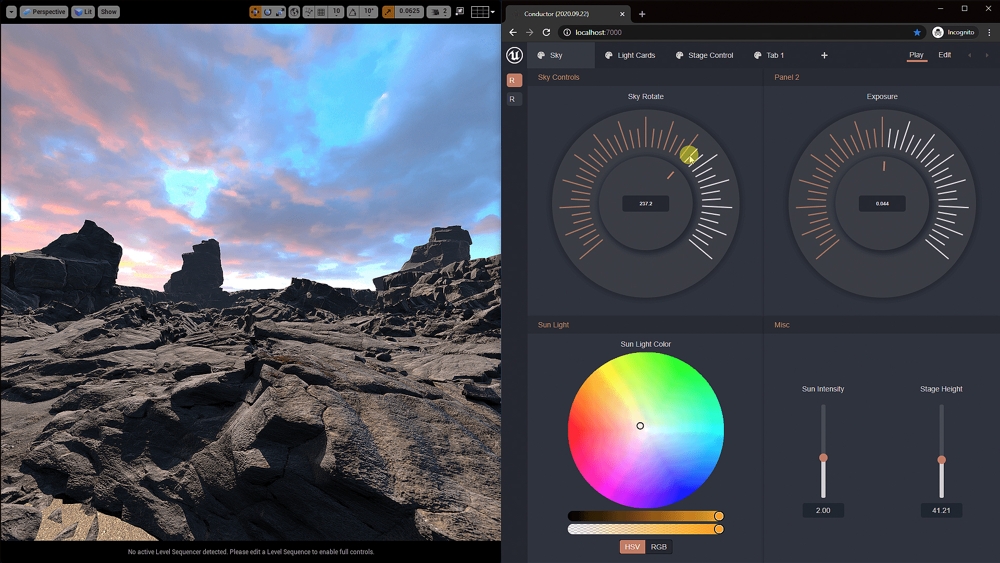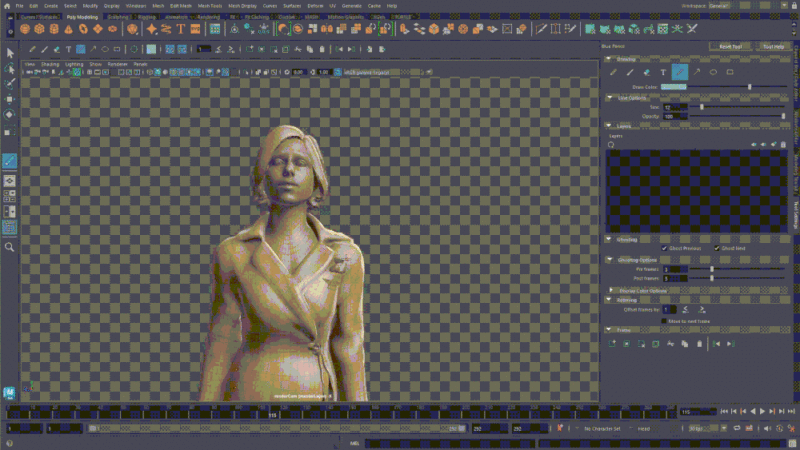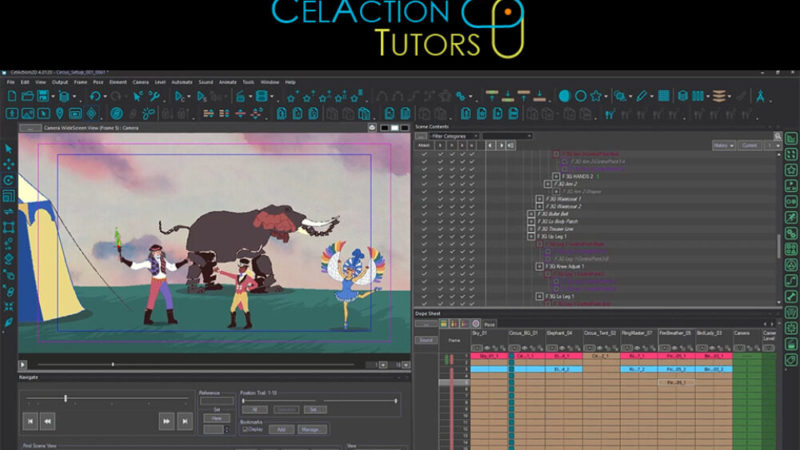Epic Games publishes Unreal Engine 4.26 software

Epic Games , the production house of the video game Fortnite, today released Unreal Engine 4.26, a new and powerful tool, which extends the ability of animators to create credible environments and characters in real time for games, films and TV, visualization, training and simulation. as well as continued progress in the Unreal sector. leading virtual production toolset, superior multimedia output, improved design review tools, and more.
The main points of version 4.26 include:
More convincing animated characters - Hair and Fur is ready for production in 4.26, offering the ability to modify, simulate and make real hair, furs and feathers based on strands. Hair and Fur now has a new Asset Groom Editor for setting properties and compatibility with features like DOF and Fog. LOD generation is built in, and users can now generate boards and meshes for low-end hardware in the engine as an experimental feature.
Adding further credibility to their characters' movements, users can now create animations in the Sequencer, merging animation clips as captured data into motion; the workflow will be familiar to animators who have worked in other nonlinear animation editors. Animators can preview skeleton animations, to easily see how one skeleton blends into the next, and match joint placement for a smooth transition between clips. The feature is integrated with Control Rig, which now offers an experimental full-body IK solution in addition to the standard FK / IK.



U
Immersive worlds and natural environments - Unreal Engine 4.26 introduces a new Volumetric Cloud component capable of interacting with Sky Atmosphere, Sky Light and up to two directional lights, improving the quality of both realistic and stylized skies, clouds and other atmospheric effects. The atmosphere can receive volumetric shadows from meshes and clouds; real-time lighting and shading updates to reflect changes in the time of day. In addition, a new Ambient Lighting Mixer window is available that allows you to create all the components that affect atmospheric lighting in one place.
This release also sees the introduction of a new Water system, which allows artists to define oceans, lakes, rivers and islands using splines. Users can adjust and view the depth, width and speed of rivers along their length and the wavelength, amplitude, direction and slope of the waves on oceans and lakes. The system includes a new Water Mesh Actor that uses a quadruple tree grid to render detailed surfaces up close, smoothly switching to simplified surfaces from a distance. Built-in fluid simulation allows characters, vehicles and weapons to interact with water; the fluid also responds to the terrain, such as the reflection of ripples off the coast and the reaction to river flow maps.



U
Extended virtual production toolset - Unreal Engine 4.26 leverages technology such as NVIDIA's NVLink, which enables data transfer between two GPUs at very high speed, in order to support the increasing number of pixels on today's LED volumes. This allows any viewport to be rendered on another GPU; for example, one GPU facing the display would render the whole scene while another handles the internal trunk, returning the pixels to the former.
Version 4.26 also introduces a new fully REST compliant remote control API that allows users to easily collect and organize any parameter or function library from the Unreal Engine UI into customizable presets. These can be used in a panel in the Unreal Editor or linked transparently to widgets, such as radial dials, sliders or color pickers, in web applications, without coding. For example, this could allow an artist in a virtual production stage to easily change the rotation of the sky or the position of the sun from an iPad. This feature is also useful for live and broadcast event teams who may need to make changes remotely in real time.



U
Enhanced high-quality multimedia output - Movie Render Queue allows users to create high quality frames with anti-aliasing and accumulated motion blur for film and television, film and marketing, and ultra-high resolution images for print. 4.26 adds new features to Movie Render Queue, now making it possible to output render passes including matte IDs, camera motion vectors, Z depth, ambient occlusion, reflections, and more so that users can refine their images in a application of composition or photo editing downstream.
Movie Render Queue now also supports OpenColorIO (OCIO), allowing users to work in any color space, making sure their image will look as expected on its target platform. Additionally, 4.26 offers new export support for multi-channel EXR, Apple ProRes and Avid DNxHR codecs and XML EDL Final Cut Pro, as well as the ability to integrate render farms.
More effective collaborative design reviews - Users will see significant improvements in usability and performance in the Collaborative Viewer model which enables multi-user design reviews on VR / AR / Desktop, improving both the collaborative design review process and allowing multiple users to join a session. In addition, there is now support for voice communication between participants via VOIP using in-engine peer-to-peer protocols.
… And more! - Unreal Engine 4.26 also offers new enhancements to the Chaos Physics tool, ray tracing, new Lightmass GPU, a completely new virtual camera system, improved DMX support, and new Datasmith export plug-ins for Rhino and Naviworks. See full release notes and starts with Unreal Motor today at unrealengine.com/blog/unreal-engine-4-26-released.






